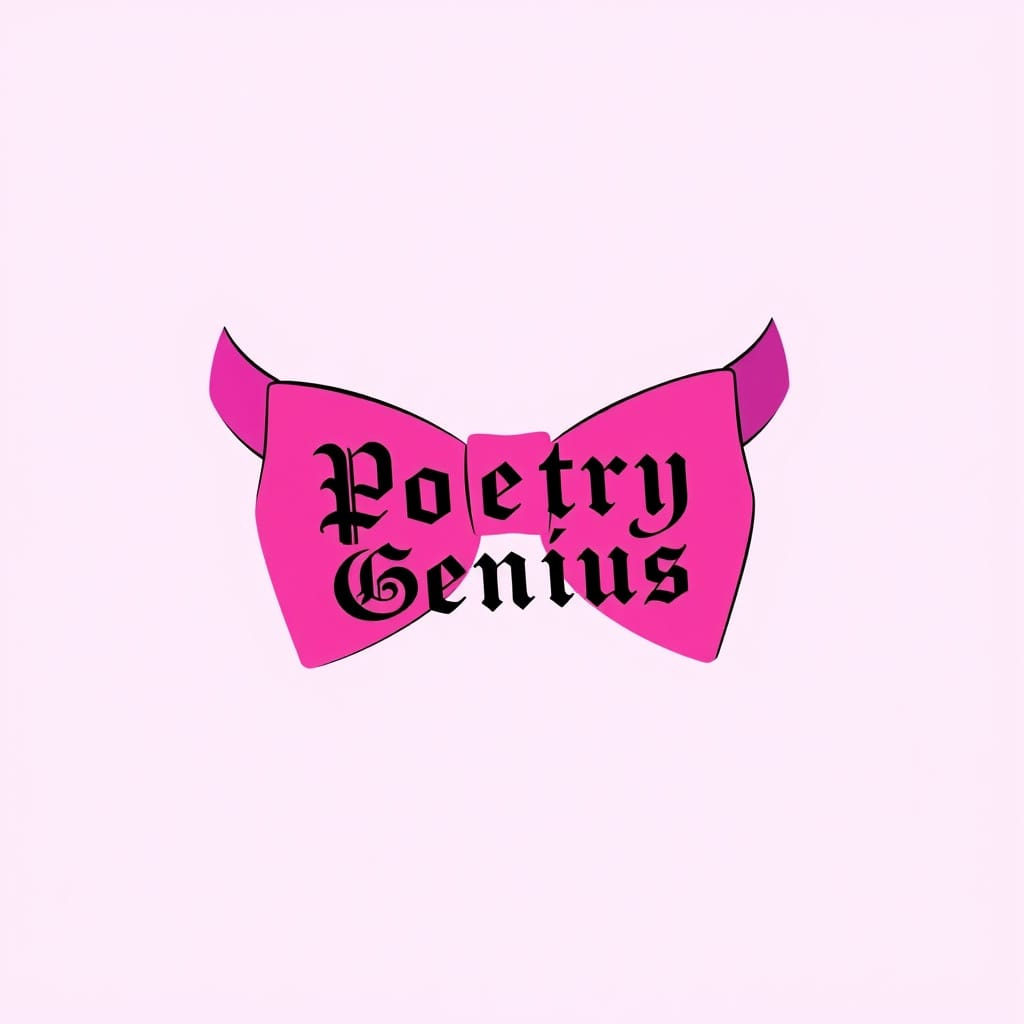BEYOND THE BOW: END YOUR POEMS WITH IMPACT, NOT JUST AN 'AMEN'
How to craft endings that linger without tying everything up in a neat little bow
You know that moment when you're reading a poem and everything's going beautifully, the images are crisp, the language is singing, you're genuinely moved, and then you hit the last line and think, "Oh. That's... unfortunate"?
We need to talk about endings. Not the dramatic, mic-drop variety that announce themselves with neon signs, and definitely not the ones that wrap everything up like a sitcom episode where everyone learns a valuable lesson. I'm talking about endings that know when to step back and let the poem breathe.
The best poem endings don't conclude; they resonate. They don't answer questions; they deepen them. They don't close doors; they leave them slightly ajar, letting in just enough light to make you wonder what's on the other side.
THE TROUBLE WITH TIDY ENDINGS
Most poets feel compelled to explain their own poems in the final lines, as if readers can't be trusted to understand what just happened. This often results in endings that:
Overexplain the obvious: "And so I learned that friendship is the greatest gift of all." Thank you, Hallmark card masquerading as a poem.
Force a moral where none belongs: Not every poem needs to teach a lesson. Sometimes beauty or truth or simple observation is enough.
Summarize everything that came before: If your ending just restates what your poem already showed us, you're not trusting your own work.
The impulse is understandable. Endings feel important—they're the last thing readers experience, the note that lingers after the music stops. But importance doesn't always mean emphasis. Sometimes it means restraint.
THE ART OF THE MEANINGFUL PAUSE
Think about the best conversations you've had. They rarely end with someone stating the point explicitly. Instead, they end with a moment of shared understanding, a comfortable silence, or a new question that opens up rather than closes down.
Good poem endings work the same way. They create space for the reader to inhabit, rather than filling every corner with explanation.
TECHNIQUES THAT ACTUALLY WORK:
The Turn to a New Image Instead of explaining what your poem means, offer a final image that recontextualizes everything that came before. This isn't about finding a pretty metaphor to cap things off, it's about finding an image that deepens or complicates the poem's emotional landscape.
The Implied Question Rather than asking explicitly "What does it all mean?" let your ending suggest questions without stating them. The best endings make readers want to reread the poem with new understanding.
The Tonal Shift A subtle change in tone, from intimate to distant, from certain to uncertain, from concrete to abstract, can create powerful endings that feel both surprising and inevitable.
The Callback with a Twist Return to an image, phrase, or idea from earlier in the poem, but show it in a new light. This creates a sense of completion without oversimplification.
The Widening Lens Move from the specific situation of your poem to a broader context, not to make grand statements about Life and Truth, but to show how this particular moment connects to something larger.
WHEN AMBIGUITY WORKS
Ambiguous endings get a bad reputation because they're often used as a cop-out, when poets don't know how to end, they just stop and hope readers will think it's intentionally mysterious. But purposeful ambiguity is different.
Good ambiguous endings arise naturally from the poem's content. They feel like the only honest way to end, given what the poem has explored. They acknowledge complexity without trying to simplify it.
The key is making sure your ambiguity feels intentional, not accidental. Readers should sense that you've chosen not to resolve everything, not that you couldn't figure out how to resolve it.
EXAMPLES OF POWERFUL RESTRAINT
Consider how Robert Frost ends "The Road Not Taken"….not with a declaration about the importance of choice, but with a sigh and an acknowledgment that the story we tell ourselves about our choices might not be the whole truth.
Or how Elizabeth Bishop ends "One Art", just as the speaker's controlled facade begins to crack, the poem ends, leaving us with that moment of near-collapse rather than its resolution.
These endings don't tie up loose ends; they show us where the loose ends lead.
PRACTICAL ADVICE FOR YOUR OWN ENDINGS
Read your poem aloud and notice where it wants to end naturally. Often, our first instinct for the ending is right, and we ruin it by adding unnecessary explanation afterward.
Try ending your poem three lines earlier than you planned. You might be surprised how often the "real" ending comes before the one you wrote.
Ask yourself: what is the most honest way to end this particular poem? Not the most dramatic or the most clever, but the most true to what you've actually explored.
Consider what your poem gains by not explaining itself. Sometimes the most powerful thing you can do is trust your readers to understand what you've shown them.
THE COURAGE TO LEAVE ROOM
Writing good endings requires a kind of courage, the courage to leave some things unsaid, to trust your readers, to resist the urge to over-control their experience of your poem.
It means accepting that not every poem needs to end with a bang. Some of the most memorable endings are whispers, pauses, doors left slightly open.
The goal isn't to mystify or confuse. It's to honor the complexity of whatever you've been exploring and to leave readers with something to carry forward, a question, an image, a feeling that continues to work on them after they've finished reading.
Your poem doesn't have to solve anything. It just has to be true to its own investigation, right up until the moment it chooses to step back and let that truth breathe.






